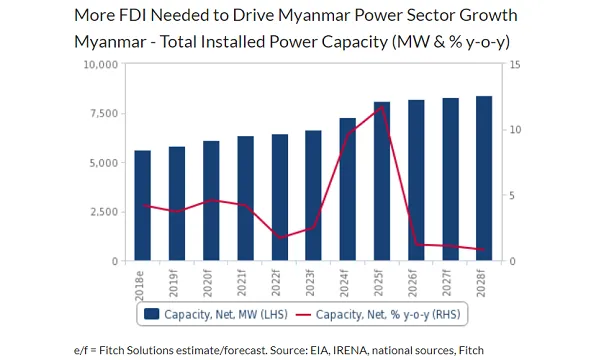
Myanmar power sector needs $21.2b of investments
The country is still aiming to surpass its current electrification rate of 40%.
Myanmar’s power sector is one of the largest beneficiaries of foreign direct investments (FDI), with a permitted amount of nearly $21.2b thus far in 2019, which is 27% of total FDI under the Myanmar Investment Law. As the country seeks more investments for power projects, Fitch Solutions noted that they have seen an uptick in investor interest, in accordance with the slowly improving business environment.
Myanmar has one of the lowest electrification rates in Asia at approximately 40%, and so the need to include more power capacity and reduce power outages was highlighted in the recent National Plan law for fiscal 2019-2020, which is set to take effect from 1 October 2019 to 30 September 2020. The National Plan also includes plans to attract more FDI and improve access to capital loans.
Solar to shine
Against the backdrop of the country’s challenging risk environment, Fitch Solutions forecasts that solar power will gradually expand from its infancy stages and outperform all other power sources. “We forecast non-hydro renewables capacity to total 757MW by 2028, a notable increase from the 59MW installed by the end of 2018, all of which are made up of solar power. This will make up approximately a quarter of all new capacity additions in the country,” the firm said.
Apart from solar projects being cheaper and faster to build, their lower environmental impact is also attractive given that coal and hydropower plants face increasing public opposition in Myanmar. Myanmar also has high solar irradiance levels, and the International Growth Center estimates that Myanmar’s solar potential could reach more than 50TW per year.

“This occurs amid the backdrop of falling technology costs for solar, a trend supported by the solar tariffs implemented on Chinese equipment by US and India, supporting increased access to cheaper solar panels for third party markets due to oversupply,” said Fitch Solutions.
Distributed solar is also projected to bypass Myanmar’s lack of adequate transmission and distribution infrastructure, particularly in rural areas. In April 2018, Yoma Micro Power pioneered the development of distributed solar, with support of various foreign development organisations and investors. The company combines solar PV, battery storage with diesel back-up generators to form a micro-grid system.
As of mid-2019, they have installed 51 off-grid systems in rural areas, which has greatly supported the country’s National Electrification Project (NEP), and are targeting to install another 200 before the end of the year. “We believe that the success of this initiative will encourage government officials to look toward a distributed energy system,” Fitch Solutions added.
In line with this, the government issued an invitation for bids for the supply, installation and maintenance of 31 solar systems for households and public facilities in July 2019. The tender concerns projects in three phases, with the first located across the southwestern states of Kayin, Ayeyarwady and Tanintharyi; the second in the central Sagaing region, near the city of Mandalay; and the third in the north and east of Shan state, bordering China and Laos.
The government also received funding from the World Bank’s International Development Association towards its NEP and will use part of the money to pay contracts awarded under the tender.
It is not only distributed solar that is set to grow. Utility-scale solar power in Myanmar is also expected to benefit from China’s push under the Belt and Road Initiative (BRI). “Chinese investments into Myanmar’s power sector has increased significantly in recent years, and we believe that this will continue to grow as Myanmar’s location in the Bangladesh-China-India-Myanmar Economic Corridor, places it as an ideal FDI destination for infrastructure development under the BRI,” Fitch Solutions added.
The growth of solar power will also be helped by increasing challenges in Myanmar’s hydropower sector. Hydropower generation output reliability has declined in recent years due to falling water levels, and continue to face increasing threats from climate change and control of water flow from upstream dams.
“Furthermore, the ongoing domestic and international opposition to hydro facilities, due to its social and environmental impacts, is a source of persistent risk that could derail the projects. We have already seen multiple large-scale hydropower projects being stalled and cancelled in the country in recent years,” Fitch Solutions said.
The government may seek to diversify its reliance on hydropower for electricity generation, with solar and gas in particular. In the meantime, hydropower will remain the dominant source of electricity due to its existing capacity and strong pipeline vis-à-vis other sources at present.

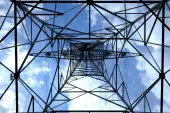

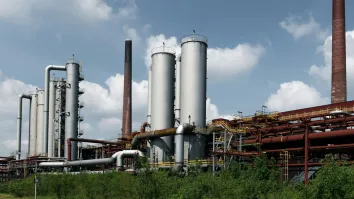
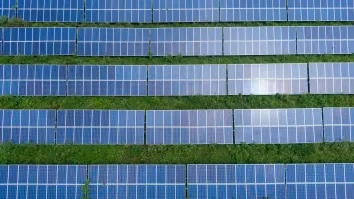
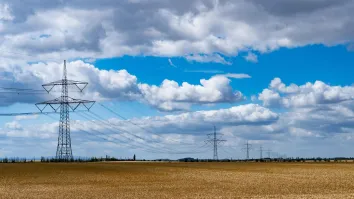













 Advertise
Advertise






